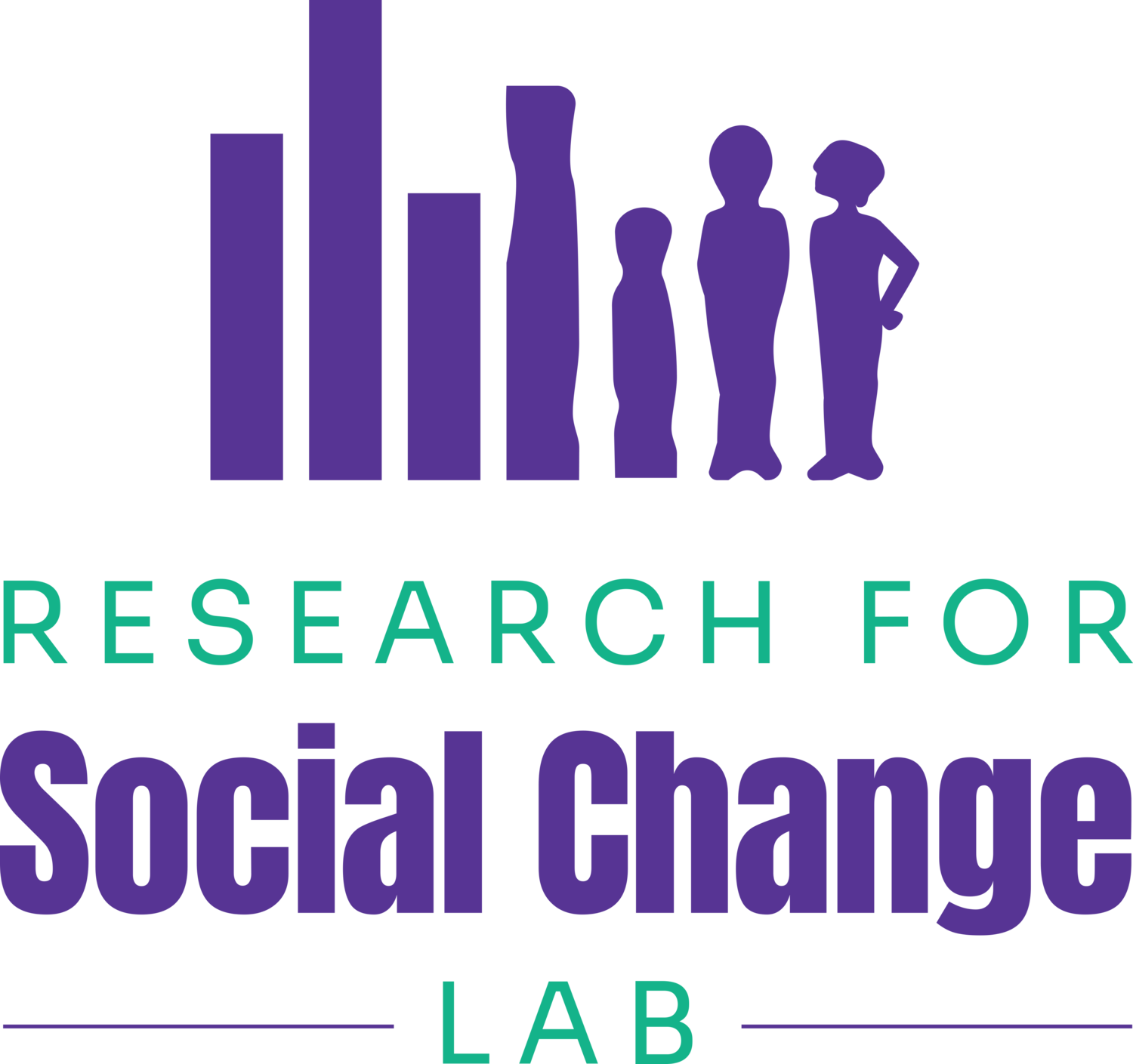REPORT: Ontario child welfare workers say their sector’s data systems don’t support equity goals
In Ontario, Children's Aid Societies (CASs) play a vital role in supporting youth and families, working towards positive change in the Ontario child welfare system.
Our research has uncovered ways in which the data practices and information management systems organizing the delivery of child welfare services in Ontario are sometimes at odds with the strategic priorities of Children's Aid Societies.
At the Research for Social Change Lab, we wanted to find out how digital and data-driven reforms in child welfare were experienced by child welfare workers, whether reforms advanced societies’ strategic goals, and whether there were opportunities for fine-tuning information-management systems so that they better aligned with the aims and aspirations of workers and clients.
Last year, we completed the preliminary stages for two of our lab’s major projects, interviewing managers, directors, and supervisors with the Children’s Aid Societies of Toronto (CAS-T) and Kawartha Haliburton (CAS-KH). Currently, we are wrapping up these projects by interviewing front-line workers and clients from both societies, having shared back midterm reports with the staff whose interviews and perspectives informed our preliminary findings.
The midterm reports are now available on our Publications page, and you can also access them by clicking these links:
Read our Midterm Report for the Children’s Aid Society — Toronto.
Read our Midterm Report for the Children’s Aid Society — Kawartha Haliburton.
In addition to providing the two reports above, we also wanted to share some of our key takeaways.
Children’s Aid Society — Toronto
Our report for CAS-T synthesizes the findings from a series of interviews conducted with senior staff at the society over the course of 2021 and 2022. The project's goal was to research the data systems that govern and shape the delivery of child protection services in Ontario, as well as the legislative and policy contexts in which these data systems operate. Our findings in the CAS-T report highlight the society’s commitment to recognizing young people and their families as rights holders and making child protection service delivery more equitable. The preliminary findings show that the provincial policy and data landscape are not aligned with CAS-T's strategic priorities regarding client-centred services, systemic anti-Black racism, and equity, diversity, and inclusion. The mandated information management system’s focus on timely completion of discrete tasks does not always support overall service quality and outcomes. Moreover, the databases that staff are expected to use make it difficult to measure the success of the equity-focused interventions that CAS-T has been introducing.
Children’s Aid Society — Kawartha-Haliburton
The second midterm report we compiled followed a similar process, but with the senior staff from CAS-KH. It presents preliminary findings for CAS-KH and discusses how data are generated, collected, managed, used and stored as part of people’s day-to-day work with the society. This report looks closely at the Child Protection Information Network (CPIN), the mandated digital information management system used as a case management tool as well as an administrative system that tracks compliance with standards and regulations. Our interviews with CAS-KH echoed concerns we heard at CAS-T that CPIN is experienced as burdensome and has not streamlined administrative work, despite promises and expectations. Discussing the increased time they have to dedicate to gathering and recording information in CPIN or through creative workarounds, interviewees shared that these data practices and systems are not always useful for improving service provision for children and families or measuring progress towards the agency's strategic directions.
Similarities and Differences
Comparing the two reports, both reveal challenges with the current data systems in place and the need for change. Both reports indicate that mandated data practices can be burdensome. In part, this is because these practices have not been designed to monitor and improve the welfare of children and families who the society is working with, nor for measuring progress towards agency goals. The reports reveal staff's frustrations with CPIN's monitoring capabilities that focus primarily on compliance with Child Protection Standards and the Child and Family Services Act, instead of supporting service quality and outcomes more broadly. The reports also reveal differences in the ways that agencies are utilizing data, with the CAS-KH agency relying more on manual processes to ensure data quality, while CAS-T is using a centralized dashboard system that they developed for their workers. These reports highlight the need for policy changes and the importance of including worker and client perspectives in the designs of data management processes. Overall, these reports provide a starting point for our ongoing exploration into how to make child welfare services in Ontario more equitable and effective.


